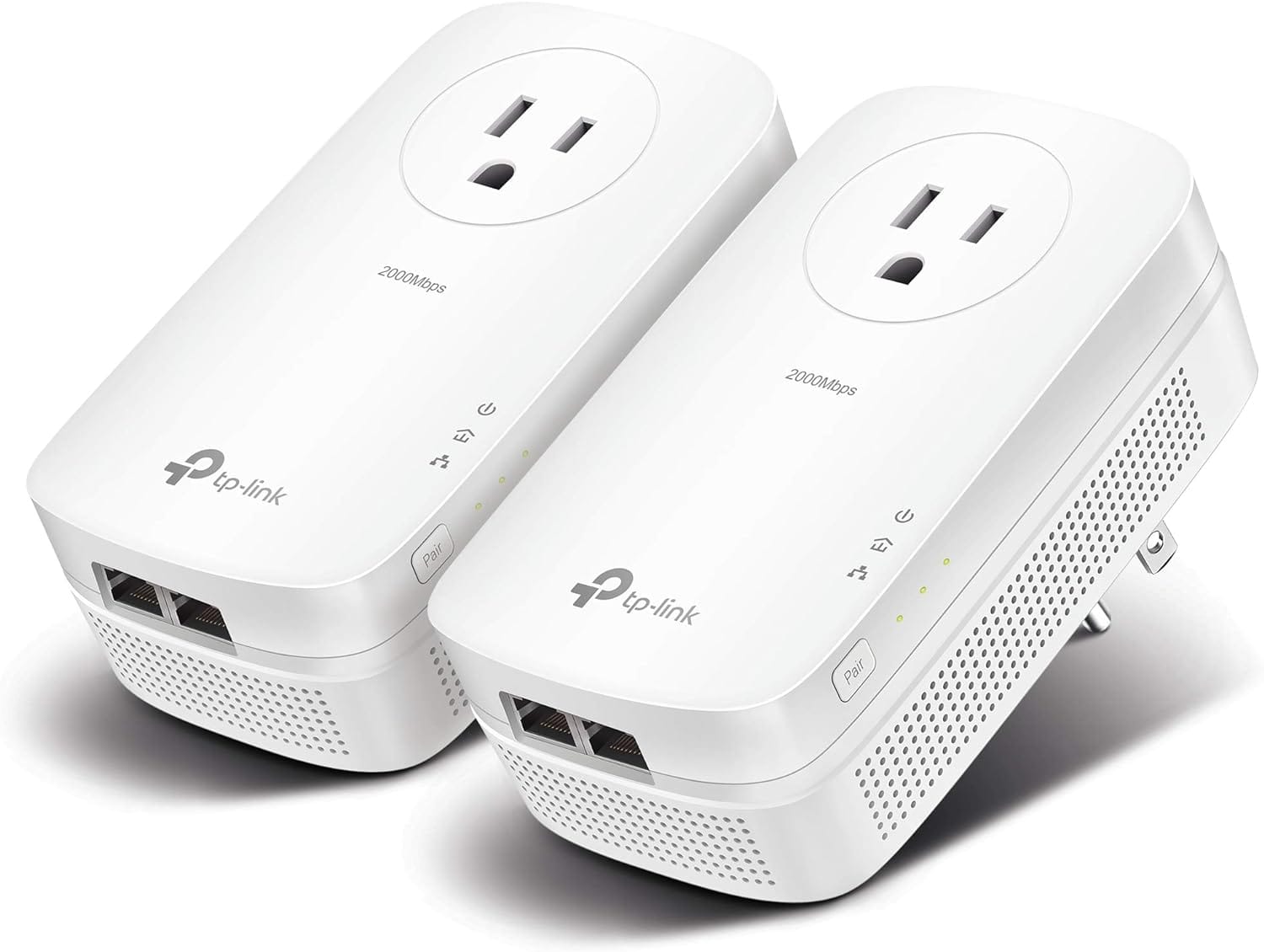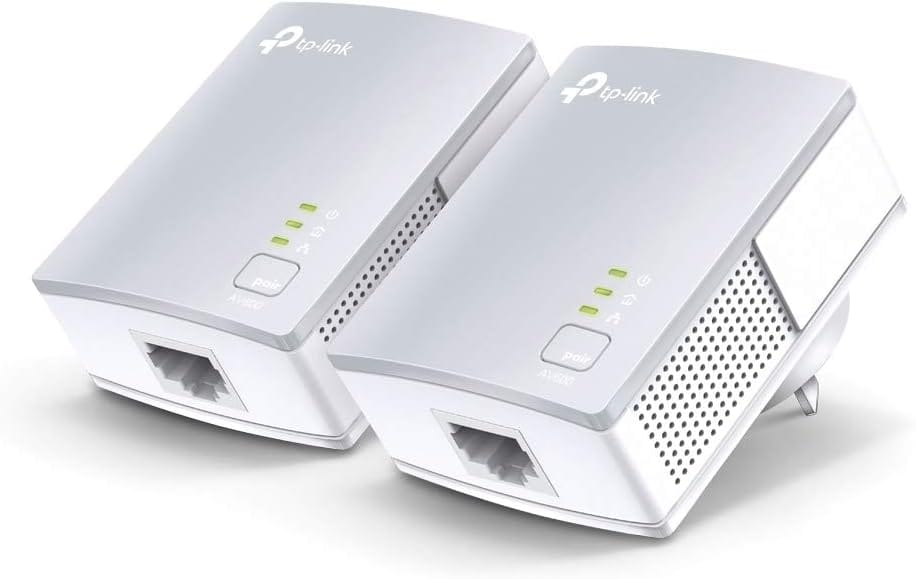Ethernet Over Powerline Adapter Review

Let's face it: wired internet connections are better than Wi-Fi. You gain faster download and upload speeds, increased sequential throughput, decreased packet loss, decreased ping, and immunity from dropped signals. However, this is an all-or-nothing battle. The second you can't plug in a device with an ethernet cable, all of these positives disappear at the snap of two fingers. At least with Wi-Fi, you can move a little closer to the access point and potentially get slightly faster speeds, but when a cable is 6 feet long, and you need it to stretch 6 feet and 1 inch, you're out of luck.
Luckily, a technology called Ethernet over Powerline (EoP) [not to be confused with Power over Ethernet (PoE)] allows an ethernet signal to be passed through the already existing copper wires running through the electrical sockets if dedicated network ports aren't available in the place you live. This technology can take advantage of the existing copper cables that carry electricity to your computer and router to carry your data!
This is fantastic when running an ethernet cable upstairs or across an entire room is unfeasible to get a wired connection to one more computer or to plug in an additional access point.
I have used two such devices in the past few years: a more expensive option that provides speeds up to 2.0 GbE and a sub $40 unit that allows for speeds up to 0.6 GbE.


Both units do what is expected: providing ethernet-like speeds through copper electrical cabling. But that doesn't mean paying for the more expensive option is worthless. The higher-end model has two ethernet ports on each device to allow for the 2 GbE throughput combined with an electrical outlet passthrough to connect an extension cord and not lose an outlet space.
Speaking of extension cords, there are some restrictions regarding where these devices can be placed. Ideally, the pair of devices should be on the same electrical circuit and NOT be connected via a power bar or UPS (uninterruptible power supply). For example, as seen in the picture above, I have configured my EoP device to connect directly to the outlet and my UPS to the passthrough of the EoP device. This allows the device not to waste an electrical outlet.
So, about now, you're probably wondering: "Why should I get one of these devices? What could I possibly use it for?" There are many more use cases than you might think of initially. Providing wired internet connection to a game console (Xbox, Playstation, Nintendo Switch dock, etc), a desktop computer or laptop in another room, an additional access point to extend the range of your Wi-Fi, a smart TV or smart TV box, a printer that does not have Wi-Fi connectivity, a Raspberry Pi running in another room, or any IoT device that can handle a wired internet connection. My favorite idea that I have planned is to purchase a smaller network switch or take the one I already own (read the review here!) and have a completely separate wired network elsewhere from my router and have it connected through a high-throughput EoP adapter to allow for seamless LAN connectivity throughout all the connected devices.
To wrap it up, no review is complete without performance metrics. I still currently use both devices pictured above, and each has been on for 2-3 years, 24x7, with no issues whatsoever. The initial setup can be slightly tricky or frustrating, depending on how the electrical circuits are laid out. Still, once they are connected, I have yet to have a situation where they lose connection. Also, to explicitly point this out, I have both of these devices running on the same circuit with no interference between them at all!
Now, to appease all the numbers people (which includes myself): On the AV2000 unit, I have sustained transfer speeds of between 1.8 and 1.9 GbE, and on the AV500, I have sustained speeds of 0.5 GbE. I suspect that the lack of reaching the full capacity of these devices is a combination of the fact that both of these pairs of units have their pair on different circuits and the single-threaded nature of Windows file copy. I am pleased about the performance of these devices, and especially considering that the AV500 is now less than $40, I would purchase another pair of these devices again in a heartbeat.
Thanks so much for checking out this review! Feel free to leave a thought or comment down below. Head over to the contact page if you'd like to send me a message, and please share this site with anyone you think would appreciate its content.